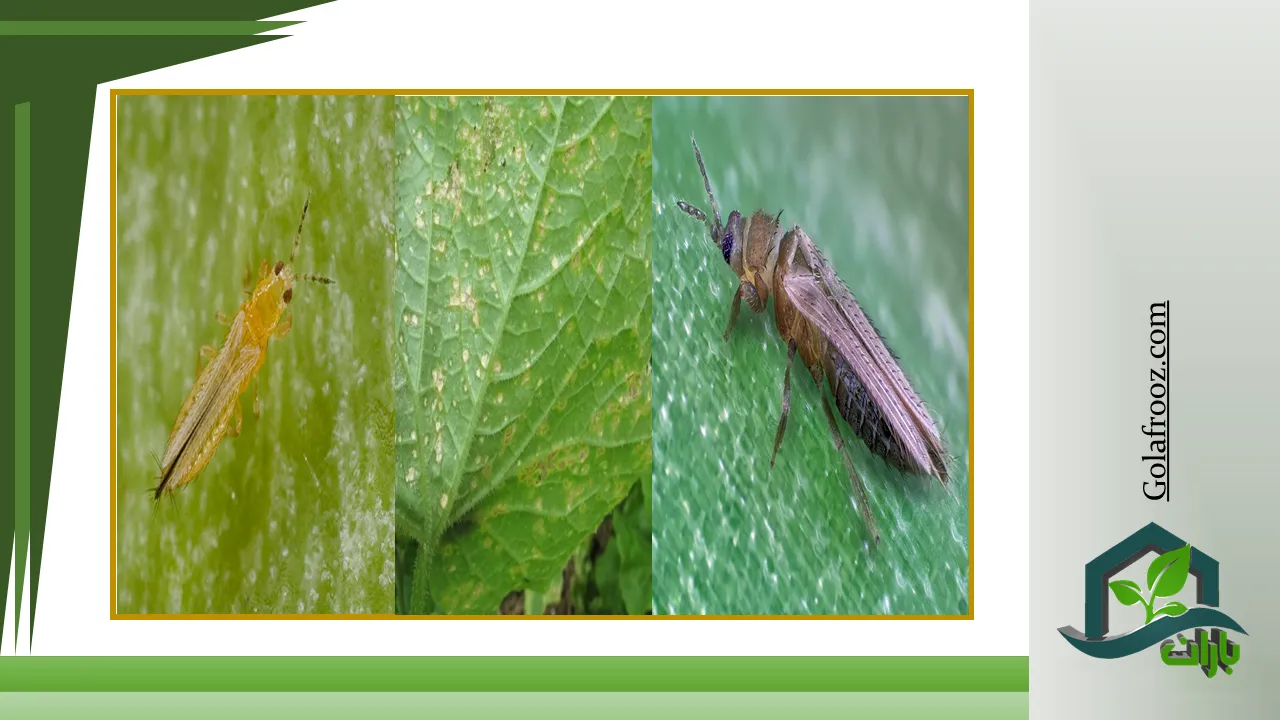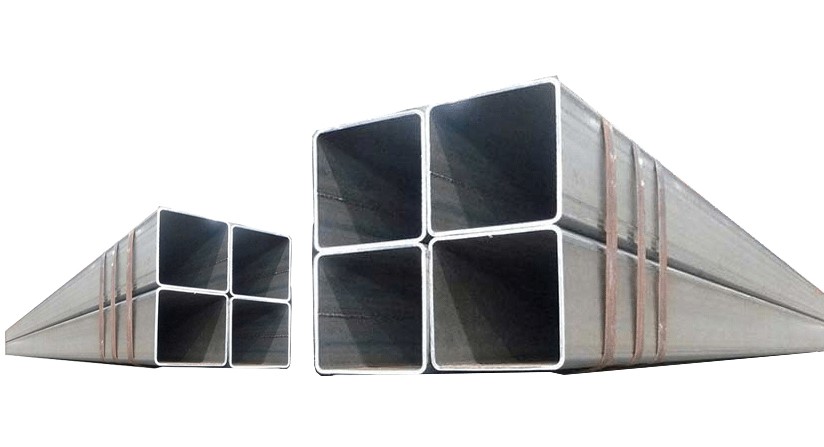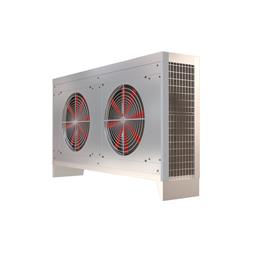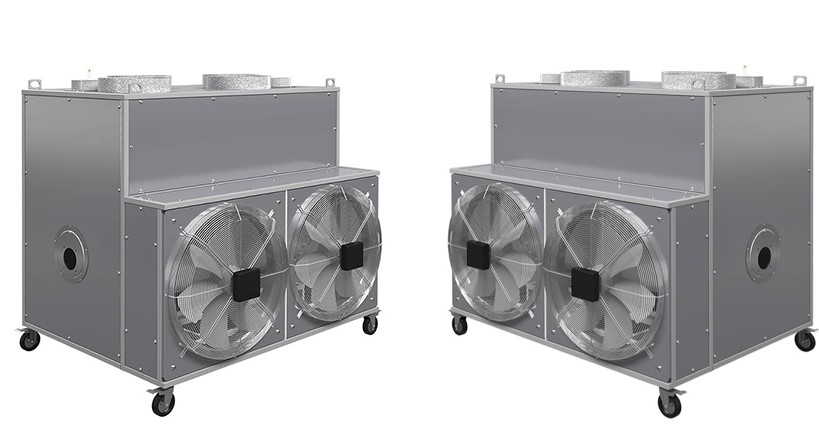Latest Update: Nov 14, 2025, 8:34:45 AM

Thrips are tiny insects, 2–4 mm long and 1 mm wide, that feed on a wide variety of plants. They have piercing-sucking mouthparts that puncture epidermal and parenchymal cells to extract cellular contents, causing chlorotic gray or silvery spots and white scratch-like wounds on plant organs such as leaves and flowers. In addition to direct feeding, which reduces the plant’s photosynthetic tissue, thrips cause deformities, stunted growth, and reduce the aesthetic value of ornamental plants.
Figure 1 – Severe thrips feeding on Linda seedlings causing leaf necrosis (a), scratches on Sansevieria leaves due to thrips feeding (b).
Types of Thrips
Thrips are important vectors of viral diseases. Two major thrips species in greenhouses are Onion Thrips (Thrips tabaci) and Western Flower Thrips (Frankliniella occidentalis). These thrips can transmit multiple viruses. Viruses are acquired during the nymph stage when feeding on infected plants and are transmitted only after reaching adulthood. Western Flower Thrips have a broad host range, feeding on henna, chrysanthemums, geraniums, hollyhocks, petunias, cyclamens, primroses, and many other ornamental plants. Feeding damage appears as necrotic spots on leaf edges within three days.
Figure 2 – Western Flower Thrips (c), Onion Thrips (d) under a microscope.
Life Cycle of Thrips
Female thrips lay eggs inside leaves, buds, and terminal shoots, protecting them from insecticides. Eggs hatch into pale yellow nymphs in a few days. After the second nymph stage, they stop feeding and move to soil or plant debris to pupate. From egg to adult at 30°C takes about 12 days. Adults live approximately 35 days, laying up to 200 eggs on the host plant depending on temperature and nutrition. Nymphs feed on the underside of leaves and young tissues, and active thrips can be detected by shaking plants over a white paper sheet.
Figure 3 – Necrotic spots on young Ficus shoots (e), deformed Schefflera leaves (b) due to thrips feeding.
Monitoring
Early detection is critical for controlling thrips. Inspect plants weekly and use blue and yellow sticky cards to monitor adults. Place one card per 100 m² above the plant canopy and near entrances and vents. Thrips can fly and spread via wind or human contact. On yellow cards, thrips appear slender with pointed abdomens; female thrips are dark brown. The presence of three thrips per flower indicates the need for intervention.
Thrips Control in Greenhouses
Due to their small size, wide host range, high reproductive rate, short life cycle, hidden behavior, and resistance to insecticides, thrips are difficult to control. Early-stage spraying is effective, but integrated pest management (IPM) is essential. Recommended measures include:
-
Remove plant residues from previous crops.
-
Disinfect the greenhouse before planting.
-
Install insect-proof screens (400 mesh or 37 microns) on all windows and vents.
-
Inspect new plants and seedlings for thrips before introduction.
-
Remove heavily infested plants.
-
Eliminate weeds and all plant debris inside the greenhouse.
-
Apply silicon- or potassium-phosphite-based foliar sprays.
-
Minimize high-nitrogen fertilizers and follow proper nutrition programs.
-
Install blue and yellow sticky cards in the canopy and near planting beds.
-
Systemic insecticides are generally ineffective; use contact insecticides in the evening when thrips activity is high.
-
Adding sugar to spray solutions can attract thrips and improve control efficacy (test before use).
-
Use thermal foggers during flowering.
-
Continuously monitor greenhouse plants.
-
Spray at 5–7 day intervals; in hot conditions, reduce to 5 days over three applications.
Thrips Insecticides:
-
Radiant: 0.2‰ solution
-
Ovisect: 1‰ solution
-
Imunit: 0.77‰ solution
-
Abamectin: 1‰ solution
-
Siltek: 1‰ solution (must contact insect body physically; spray leaf undersides)
-
Proclim Fit: 0.2‰ solution
-
Tepki: 0.25‰ solution
-
Chlorpyrifos: 1‰ solution
-
Triser: 0.2‰ solution
-
Dimethoate: 1‰ solution
-
Diclors: 1‰ solution (avoid on Rosaceae family)
Gol Afroz Greenhouse Company with years of distinguished experience is a leading greenhouse manufacturer in Iran, providing design and construction of Iranian, Spanish, Dutch, and tunnel greenhouses with the highest quality.
Additionally, Gol Afroz supplies all modern and efficient greenhouse equipment. Whether in Karaj, Tehran, or any other city in Iran, contact us through our website to receive expert consultation for your greenhouse projects.



 Dutch Greenhouse Complexes: Aalsmeer Hub, Benefits, & Costs Guide
Dutch Greenhouse Complexes: Aalsmeer Hub, Benefits, & Costs Guide
 Greenhouse Rail and Gear Systems: Automation, Benefits & Price Guide
Greenhouse Rail and Gear Systems: Automation, Benefits & Price Guide
 Comprehensive Guide to Greenhouse Plans: Designs, Types & Layouts (Spanish vs. Dutch)
Comprehensive Guide to Greenhouse Plans: Designs, Types & Layouts (Spanish vs. Dutch)
 Greenhouse Fittings & Fasteners: Types, Uses & Pricing Guide
Greenhouse Fittings & Fasteners: Types, Uses & Pricing Guide
 Galvanized can profile 10
Galvanized can profile 10
 Axial Fan Evaporative Cooler
Axial Fan Evaporative Cooler
 Furnace Heater
Furnace Heater
 Type 4 Circulation Fan
Type 4 Circulation Fan
 Greenhouse Mist Sprayer
Greenhouse Mist Sprayer
